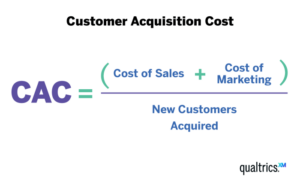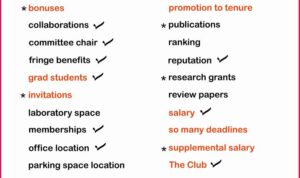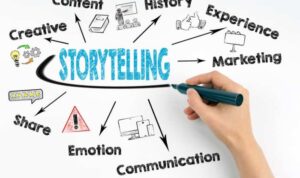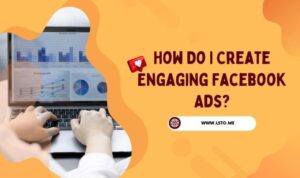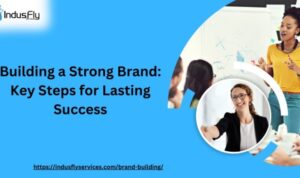Building a Marketing Funnel sets the stage for converting leads into loyal customers, exploring key strategies and tactics that drive success in the digital realm.
From creating awareness to generating interest and driving conversions, this process is essential for any business looking to thrive in the online landscape.
Overview of Marketing Funnel: Building A Marketing Funnel
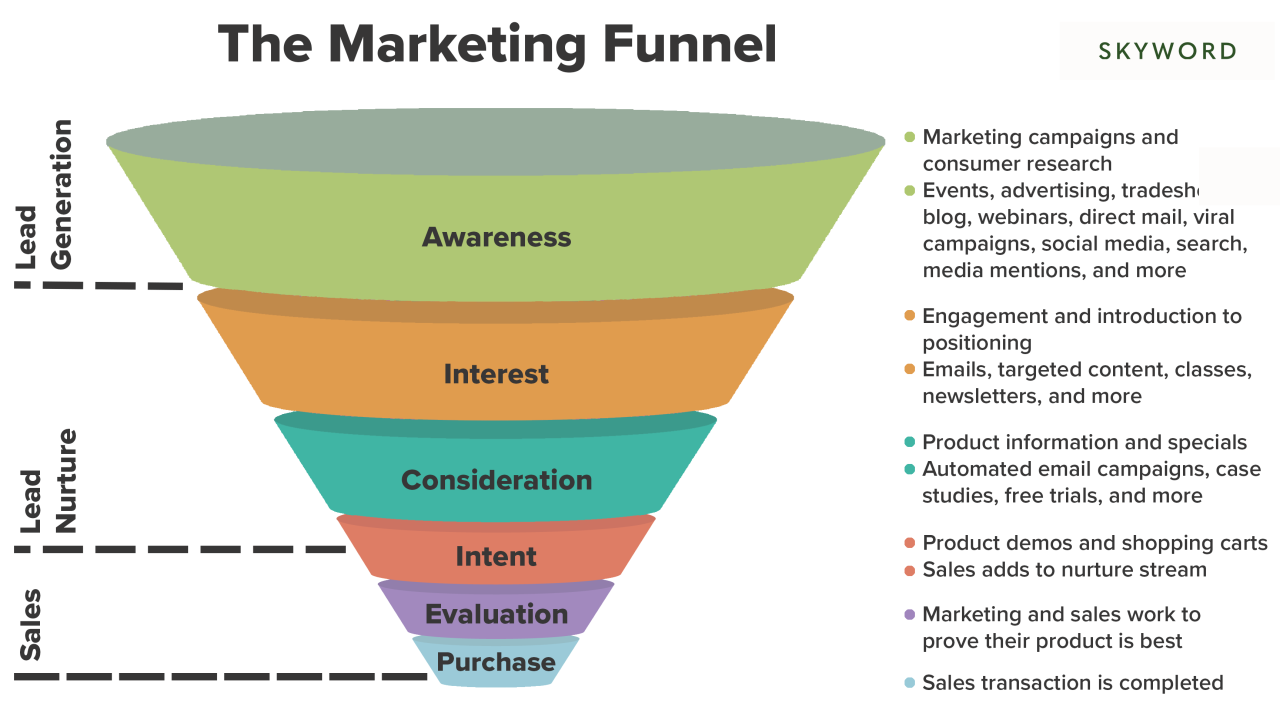
A marketing funnel is a framework used in digital marketing to visualize the customer journey from awareness to conversion. It helps businesses understand how potential customers move through different stages before making a purchase.
Stages of a Typical Marketing Funnel
The typical stages of a marketing funnel include:
- Awareness: This is the top of the funnel where potential customers become aware of a company, product, or service through marketing efforts like social media, content marketing, or advertising.
- Interest: In this stage, customers show interest in the product or service and start researching more information. They may sign up for newsletters, follow social media pages, or download resources.
- Consideration: Potential customers are evaluating the product or service and comparing it with competitors. They may engage with customer reviews, demos, or case studies to make an informed decision.
- Decision: This is the bottom of the funnel where customers are ready to make a purchase. They might request a quote, add items to the cart, or sign up for a free trial.
- Action: The final stage where customers make a purchase and become paying customers.
Examples of Using Marketing Funnels
Companies use marketing funnels in various ways to convert leads into customers:
- Using email marketing sequences to nurture leads through the different funnel stages.
- Creating targeted ads based on where customers are in the funnel to drive conversions.
- Offering discounts or promotions to encourage customers to move from consideration to a decision stage.
- Implementing retargeting strategies to bring back customers who have shown interest but not completed a purchase.
Building Awareness
Building awareness is crucial at the top of the marketing funnel as it helps attract potential customers and generate interest in your products or services. Utilizing various strategies can help create this initial awareness and start the customer journey.
Social Media
Using social media platforms like Facebook, Instagram, Twitter, and LinkedIn can significantly impact building awareness. By creating engaging content, sharing updates about your brand, and interacting with your audience, you can increase visibility and reach a broader audience.
Content Marketing
Content marketing involves creating valuable and relevant content to attract and engage a target audience. By producing blog posts, videos, infographics, and other content that resonate with your audience, you can establish authority in your industry and increase brand awareness.
, Building a Marketing Funnel
Search Engine Optimization () plays a vital role in building awareness by optimizing your website and content to rank higher in search engine results. By targeting relevant s, improving website speed, and enhancing user experience, you can drive organic traffic and attract more visitors to your site.
Examples of Successful Campaigns
– Nike’s “Just Do It” campaign: By focusing on empowering messages and using influential athletes, Nike successfully built awareness and established itself as a leading athletic brand.
– Dove’s “Real Beauty” campaign: Dove’s campaign promoting body positivity and celebrating diverse beauty standards resonated with audiences worldwide, leading to increased brand awareness and loyalty.
– Red Bull’s “Red Bull Stratos” campaign: Red Bull’s live-streamed space jump event captured global attention, showcasing the brand’s adventurous and daring spirit, and significantly boosting awareness.
Generating Interest
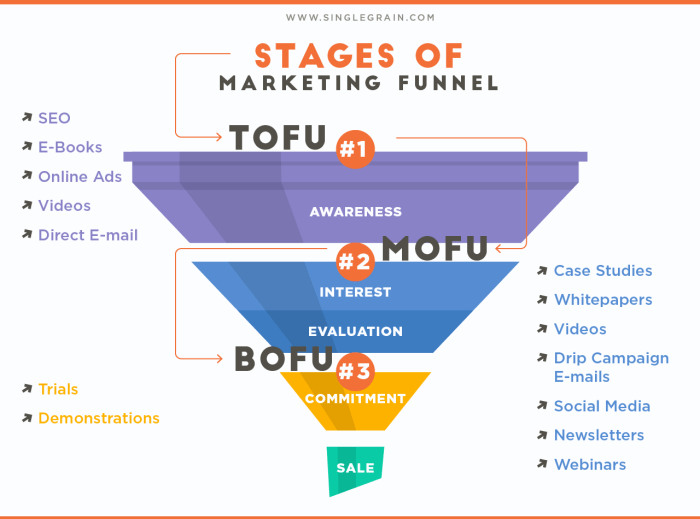
To keep potential customers engaged in the middle of the marketing funnel, it’s crucial to generate interest through various strategies. This involves capturing their attention and enticing them to learn more about your products or services.
Email Marketing
Email marketing is a powerful tool to nurture leads and generate interest. By sending personalized and relevant content to leads, you can keep them engaged and interested in what you have to offer. Make sure your emails are informative, visually appealing, and provide value to the recipient.
Webinars
Hosting webinars is another effective way to generate interest in your offerings. Webinars allow you to showcase your expertise, provide valuable insights, and engage with your audience in real-time. Make sure to promote your webinars across different channels to attract a larger audience.
Lead Magnets
Offering lead magnets, such as ebooks, whitepapers, or free trials, can entice potential customers to learn more about your products or services. By providing valuable content in exchange for their contact information, you can generate interest and build a relationship with leads. Ensure that your lead magnets are relevant to your target audience and address their pain points.
Creating Compelling Content
When creating content to engage leads and generate interest, it’s essential to focus on quality and relevance. Develop content that is informative, entertaining, and actionable. Use storytelling, visuals, and data to capture the attention of your audience and keep them interested in what you have to offer. Remember to tailor your content to address the needs and preferences of your target audience.
Driving Conversions
To drive conversions at the bottom of the marketing funnel, it’s crucial to engage with interested leads and guide them towards making a purchase. This involves implementing tactics that encourage decision-making and action.
Importance of Personalized Messaging and Retargeting
Using personalized messaging and retargeting can significantly impact conversion rates. By tailoring your communication to the specific needs and preferences of each lead, you can create a more compelling offer that resonates with them on a personal level. Retargeting allows you to reconnect with leads who have shown interest but haven’t completed a purchase, reminding them of the value your product or service can provide.
- Personalized emails with product recommendations based on past interactions can increase conversion rates.
- Retargeting ads that display relevant products or services to leads who have visited your website can help bring them back to complete a purchase.
- Dynamic website content that adapts based on user behavior can create a more personalized experience, increasing the likelihood of conversion.
Case Studies of Successful Conversion Optimization Strategies
Implementing conversion optimization strategies can lead to significant improvements in conversion rates. Here are some examples of successful tactics used by companies to drive conversions:
- Company A implemented personalized product recommendations on their website, resulting in a 15% increase in conversion rates.
- Company B utilized retargeting ads on social media, leading to a 20% increase in conversions among leads who had previously engaged with their content.
- Company C created customized landing pages for different audience segments, resulting in a 10% lift in conversion rates across the board.

